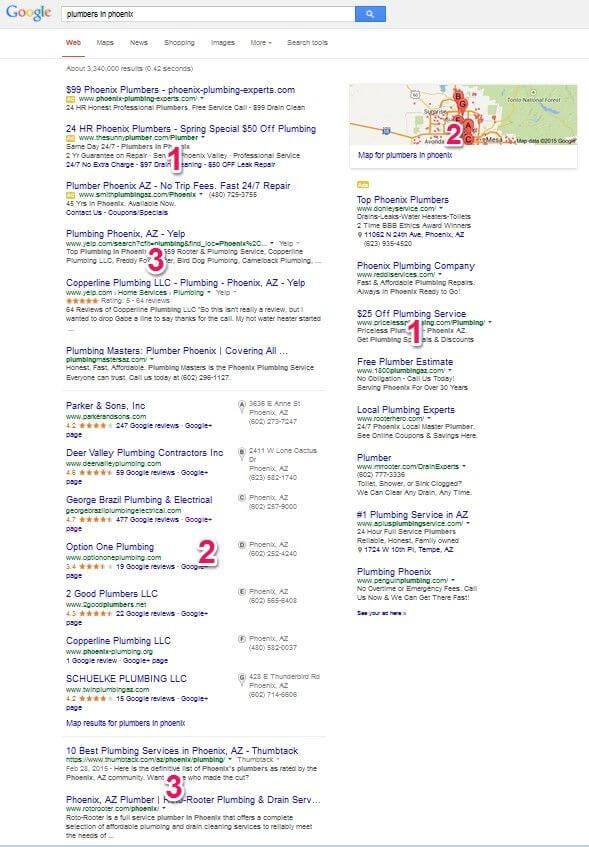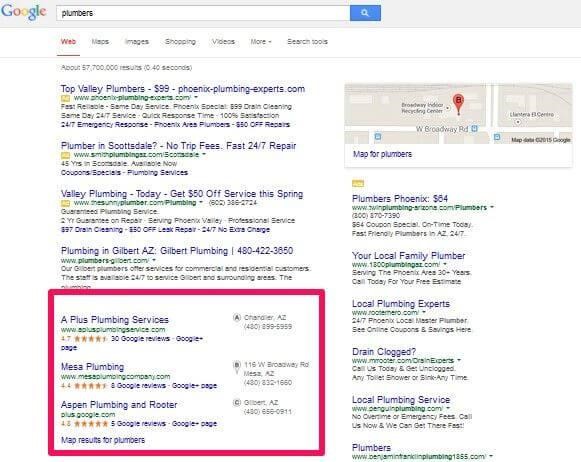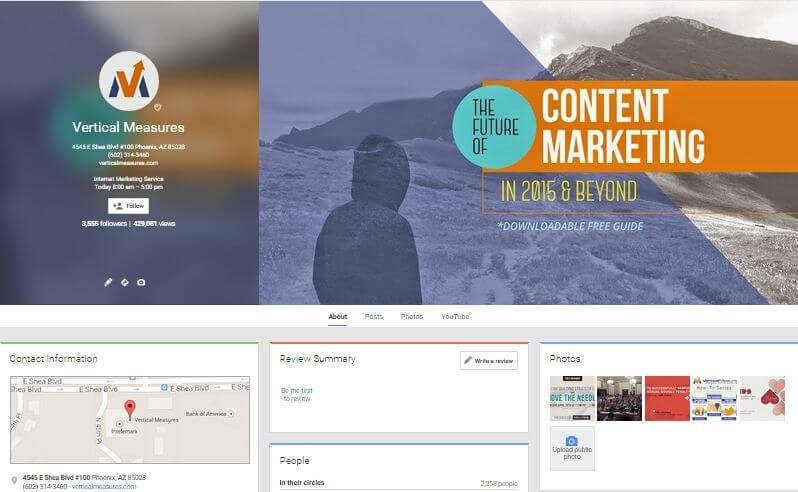Are you a matchmaker or have brick-and-mortar business model?
You surely look for local customers to arrive and take advantages of your service.
Very much appreciated!!!
But, how much people know about your business and vice-versa.
If it’s great to be online, it’s much more imperative to remain noticeable to your audience or find who are looking for your brand.
Today, online or search engine is invariably associated with Google. An internet marketing course can educate you in detail about search engine optimization and local SEO.
Hence, its marketing policies are also acquainted with the local online businesses.
Google has procured SEO or better say local SEO techniques for local businesses to keep rolling on the web as well as among their audiences.
It was firstly Panda, then Penguin, then Hummingbird, and the latest one Pigeon which boosted local SEO in the modern day online advertising world.
Just a reminder, don’t get confused with these birds and animals; they’re not at all the same when it comes to Google’s SEO policies. They are ALGORITHMS.
Algorithms which decide how SEO has to behave as per queries and demands of users.
The Pigeon, coined by Search Engine Land was pushed by Google in July 2014, and it was the update that includes the improvements made to Google’s distance and local parameters, leveraging organic rankings, and Google Maps.
This worked as the proximity of a search engine user’s location to a business’s physical location increasing eminently in importance as a local search ranking factor, almost in overnight.
What is Local SEO?
The success of local SEO depends on the following factors and how much you’re-
Understanding Local Results
It’s quite imperative to understand the local SEO results. Before advancing with local SEO strategies, pay a closer look at what these local results actually appear like-
A Google search made for local products or services concludes three kinds of results-
- Paid search results
- A businesses list with a corresponding Google map
- Organic search results

The list of businesses is normally termed as the Local Pack or 7-Pack. These listings include Google business pages and generally, contain seven spots. But, after the Pigeon update, however, numerous local packs have reduced to three spots or less.

But, wait, this is not going to end here, specifically for restaurants and hotels, the return is a completely different looking result.

Users are able to filter this result using customer rating, price and more.
Citations and Directory Listings
A citation means any reference to your company’s name on the web. Citations show the unique online establishment of a business, helping potential customers find information about your business. NAP Consistency
A detailed citation includes your business name, address, and phone number (NAP). These are generally called structured citations, which refer to standard business listings often found on online directories and review sites, Yelp & Yellowpages. So, you need to keep your NAP consistent across these listings.
Search engines look for NAP consistency to know your location and render accurate results to users. Remember, small inaccuracies can make a huge loss to you like a missing suite or plot number can lethal to your rankings. A common question surrounds abbreviations (plot vs plt) and what should be used. Here, businesses need to take care while using abbreviations as search engines are smart enough to know the common variations.
Google My Business
In the contemporary online advertising world, GMB or Google My Business page has its own importance. GMB is the service that links Google search, Maps and Google+ into a single dashboard, allowing businesses to easily update its information across all platforms. The dashboard information directly influences local search results. So, ensure you have got a Google My Business page and not only should that it be an optimized one.

In Google My Business, you’ll find three types of pages:
- Storefront- Business serving customers at a brick-and-mortar location.
- Service Area- Businesses with no storefront and serve their customers at their location inside a specific service area. Like plumbers or moving companies.
- Brand- Organizations having no physical storefront or provide local services, but still looking to associate with fans and customers on Google.
These steps will help you create or claim your Google My Business page.
Search for business name whether the page is already in existence. Now, search your name and address together to be sure.
If you don’t find your business on this list of results, choose none of these match options. To add your business, click the gear icon available in the top right, and from there choose Create a new page. Complete the page by filling required information.
After creating your page, you’ve to verify it. When your page is verified that will become eligible to appear in Google Maps. You’ll get a physical postcard in 1 to 2 weeks with a verification code to enter your account. Ensure your complete this step.

Here are some to familiarize with GMB guidelines-
- Name- Legal designation like LLC or special characters isn’t allowed if they’re not part of your usual branding.
- Description- Put a description that doesn’t have keyword stuffing. Keep the texts fresh and unique.
- Address- Service area businesses need to hide their address in Maps. Choose the areas you serve by entering cities, zip codes, or a radius.
- Phone- Put a local phone number rather than an 800 number.
- Hours of Operation- Put your actual hours of operation so that users can know when you’re available after regular business hours i.e. set your hours 12 am to 12 pm in case of emergency service providers.
- Categories- You can choose max 5 categories, but Google suggests keeping it as few as possible. Choose the best-suited category to your business.
- Photos- Upload a quality profile and cover picture and keep visiting it at regular intervals.
- Customer reviews- Keep checking and responding all customer reviews in a timely manner.
A guide for local SEO can turn your local business’s luck. So, believe the updates and make changes accordingly.
Conclusion
SEO has been one of the wonderful marketing techniques of Google and it proves to be useful for local businesses as well.
Google comes with a local SEO guide to help local businesses do better online.
Hope you find this guide useful for local business practice.
Author Bio:
Poonam Sharma is a Sr. Content Writer at Delhi School of Internet Marketing (DSIM), offers best internet marketing course in India. She is currently focused on creating great content for DSIM blog. She is also an expert in content marketing, social media marketing and SEO. You can find Poonam on LinkedIn.
Comments are closed.